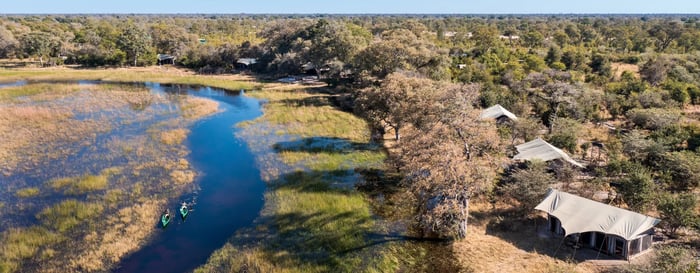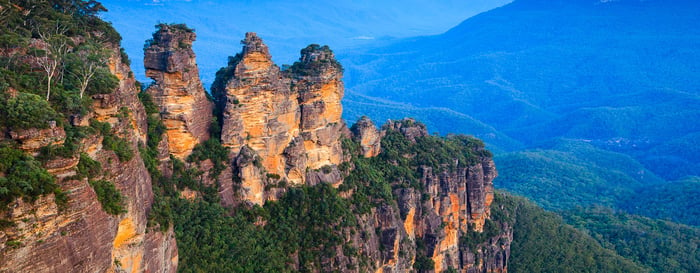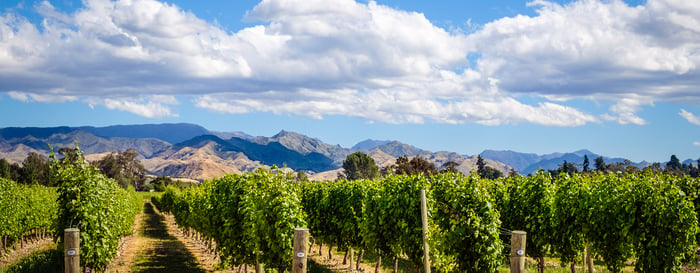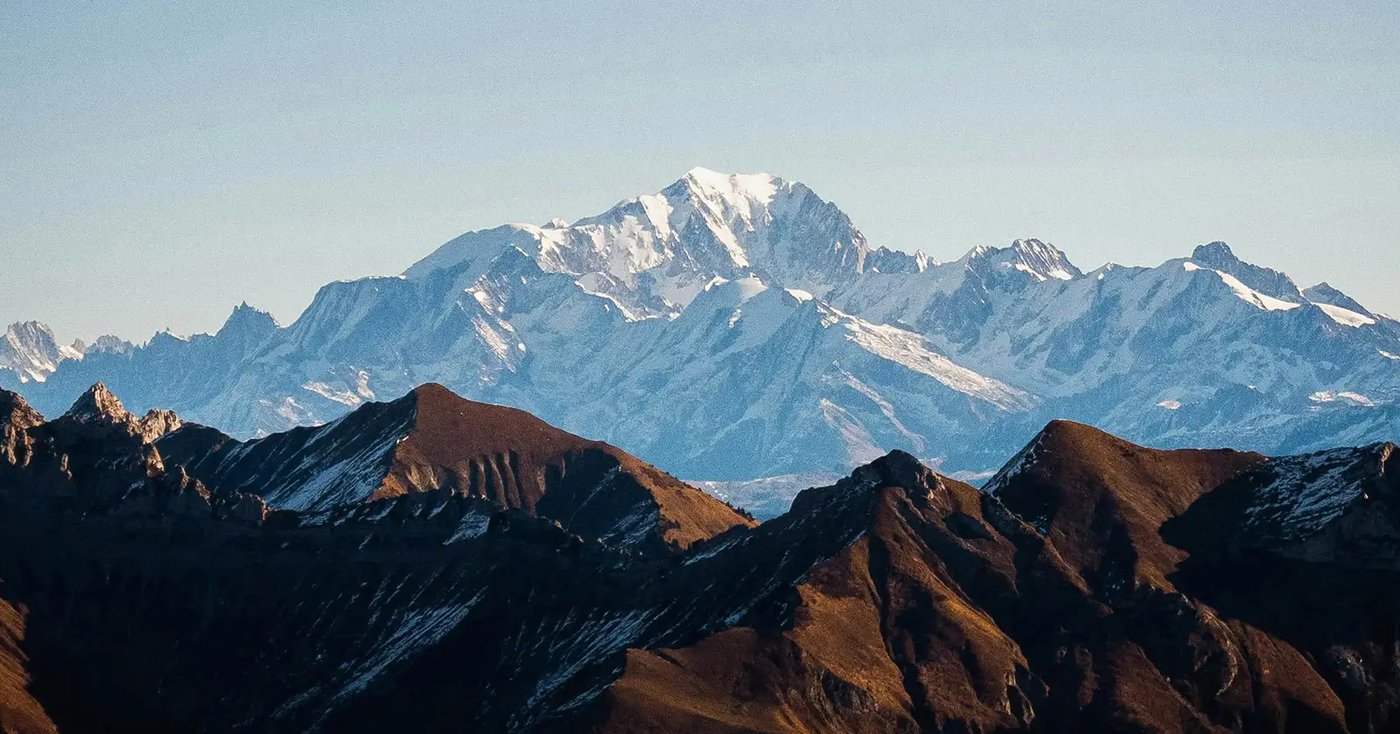The line on the horizon bubbles and bends in the heat. Curtains of sand sweep over the desert plains and passing camels slip in and out of hazy focus. A man with a weathered face and a Kalashnikov machine gun slung over his shoulders saunters into the shade of a stick and wattle building. A hot wind blows, and somewhere, out there in the distance beyond the scorched white salt pans, a volcanic lake of lava boils in anger.
Local legend says that this land wasn’t always so tough. Once, so the tales of old go, the very ground here was made of pure, priceless gold, but that the wealth of the people who lived here made them become lazy and that gradually they forgot to pray to God and to thank Him for all the wealth He had given them. In retaliation He turned what was gold into salt. But, it’s still said that one day, when humans again live in peace and remember to pray to God, that He will turn the salt of the Danakil Depression, where I now stood, back into gold.
The Danakil Depression, which is one of the most jawdropping sights in Africa, spreads across a part of the northeast African countries of Ethiopia, Djibouti and Eritrea, is the lowest point in Africa and one of the lowest spots on the planet. Searing hot and highly volcanic, the tectonic forces at play here are so powerful that ever so slowly the Danakil – and indeed Africa itself – is being torn apart. One day, way into the distant future, this scorching and near water less desert will become the bed of a newly created ocean.
Even without its suicidal tendencies, the Danakil has a fearsome reputation. It has the hottest year-round average temperatures of anywhere on Earth (Dallol, an old mining town in the middle of Danakil, is said to be the single hottest place in the world, with a year-round average temperature of 34 Celsius and, between May and September, afternoon temperatures here are almost always above 50 degrees Celsius); it’s one of the most seismically active corners of the continent; and the Afar people, who call Danakil home, have long been renowned for their pride and independence. Indeed, before the 1930s almost every outsider who tried to explore the area found themselves in the unfortunate position of being castrated by the not-so-friendly locals.
Today, the welcome is much warmer, but the climate, and pretty much everything else about Danakil, is just as extreme. In the few days I’d already been here I’d clambered gingerly through clouds of natural poison gas to the rim of the Erta Ale volcano in order to peer down into one of the world’s only permanent lava lakes. And, in a crater above the village of Dallol, I’d walked through a bizarre landscape of yellow, pink and garish green mushroom-like formations of sulphur rock. Exploring these sulphur fields, created by volcanic action, I felt like I was walking through a nuclear coral garden.
I’ve been a regular visitor to Ethiopia for more than 25 years and over that time I have seen the country transform itself in ways I could never have imagined during my first visit. But, one thing that never changes though is the pleasure I get from taking pictures in Ethiopia. Due to the extreme conditions and difficulty of travelling here though the Danakil had always been a place that I’d only ever been able to dream about visiting and photographing. I hadn’t been in Danakil very long before I’d concluded that with its exploding volcanoes and plains of extra-terrestrial sulphur formations, the Danakil was certainly one of the most otherworldly places I’d ever visited


But yet, it wasn’t so much the natural phenomena that had drawn me here, but the chance to photograph a group of people who, quite literally, carve a life out of the salt pans found all across the Danakil. One morning, about half-way through my stay, I woke with the rising sun. Peering out from the open-sided straw-and-twig shelter in which I had spent the night, I caught my breath at the sight of hundreds of camels, moving in a single, long, snake-like line across a simmering salt pan without a horizon. I jumped out of bed and roused my driver from his sleep, and we set off in haste to investigate.
Some minutes later, we caught up with the head of the camel caravan, and found three hardened men, faces scarred and lined by the desert wind, walking with determination through this scene of desolation. The men were, they informed me, salt miners from the much more gentle Ethiopian highlands, and every week or so throughout the cooler months of the year, they walked for days on end at the head of camel caravans hundreds strong to the Danakil’s vast salt pans. Here, they and their Afar companions cut, hack and smash neat blocks of rock salt from the burning ground, lash them to the camels and walk back the way they had come to sell the rock salt in the highland markets.
It’s a trade that has been conducted for generations, but as we arrived at the heart of the salt pan and the men set to work digging up the precious salt, they explained how their future is changing. Cheaper, factory-produced salt has been flooding their traditional markets and reducing their profits, and to make matters even worse, a new road is slowly edging its way off the highland plateau, down across the Danakil wastelands and out into this salt pan.
When the heat of the rising day became too intense even for these apparently heat resistant men, we all moved into the slight shade generated by a tumble down stone shelter. Overly sweet black tea was poured into dirty glasses from a kettle that had become blackened from years of wood smoke. Sipping their tea, the men told me of their fears for the coming years. When the road eventually arrives, the men worry that it will bring with it trucks, which can carry the salt faster, cheaper and easier than these men can with their camels. And with the arrival of the trucks it’s likely that one of the last great camel caravans of Africa will vanish just like the Danakil’s once legendary gold.
The churches of Lalibela are called the Eighth Wonder of the World and it’s not hard to see why. These underground churches that are hewn out of rock were one of the first to be named a UNESCO World Heritage Site.
This rare creature can still be found in Bale Mountain National Park. There are just 400 of these animals left in the world and they can be found scattered around the Ethiopian Highlands.
Eco-friendly fashion lovers should snap up a pair of shoes from SoleRebels. This innovative brand from Addis Ababa uses recycled tyres to create the comfiest shoes around.
Botswana & Mauritius Adventure
Mauritius Okavango Delta Botswana Africa
-
Relax on Mauritius’ idyllic beaches
-
Go snorkelling or water skiing in beautiful turquoise waters
-
Explore the Okavango Delta, teeming with wildlife viewing opportunities
-
Take in the landscape and see a multitude of birds and elephants from a boat
-
Embark on a gentle nature walk with your guide
Iconic Australia by Jet
Victoria Western Australia Northern Territories Australia Australasia
-
Jet across Australia in style on a luxury Outback Jet
-
Get a bird’s eye view of Uluru Rock and the Bungle Bungles
-
Explore Aboriginal rock art sites and outback wildlife at Arnhem Land
-
Experience life on a cattle station and enjoy a heli-picnic in Bullo River Station
-
Discover the largest salt lake in Australia with an aboriginal guide
Southern Australia: Wine & Wildlife
South Australia Australia Australasia
-
Enjoy a gourmet walking tour through Adelaide Central Market
-
Experience the incredible food and wine culture of the Barossa Valley on a private guided tour
-
Stay at the base of the Elder Range, one of the most beautiful locations in the outback
-
Explore endemic wildlife and ancient rock art in the Flinders Ranges
-
Watch wild kangaroos and other wildlife on Kangaroo Island





